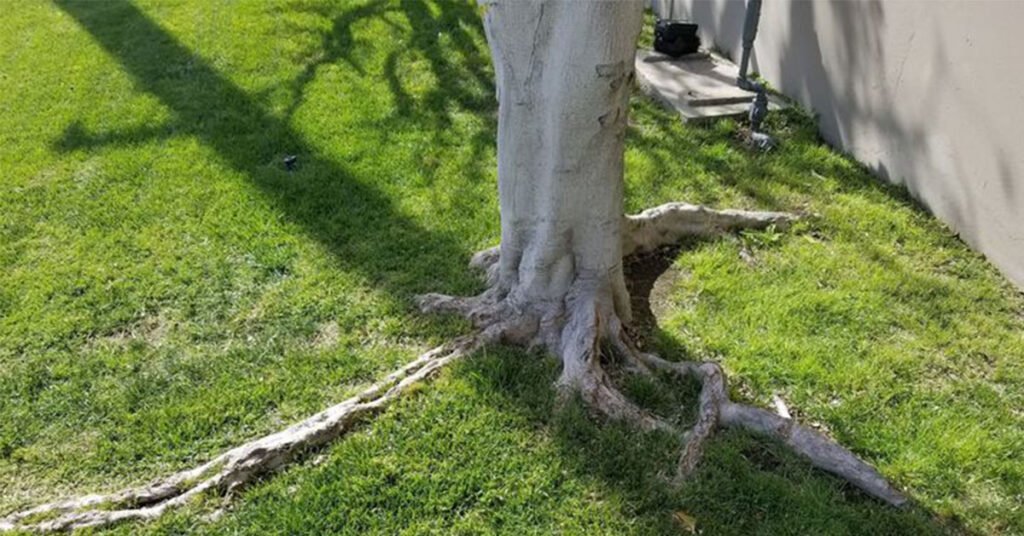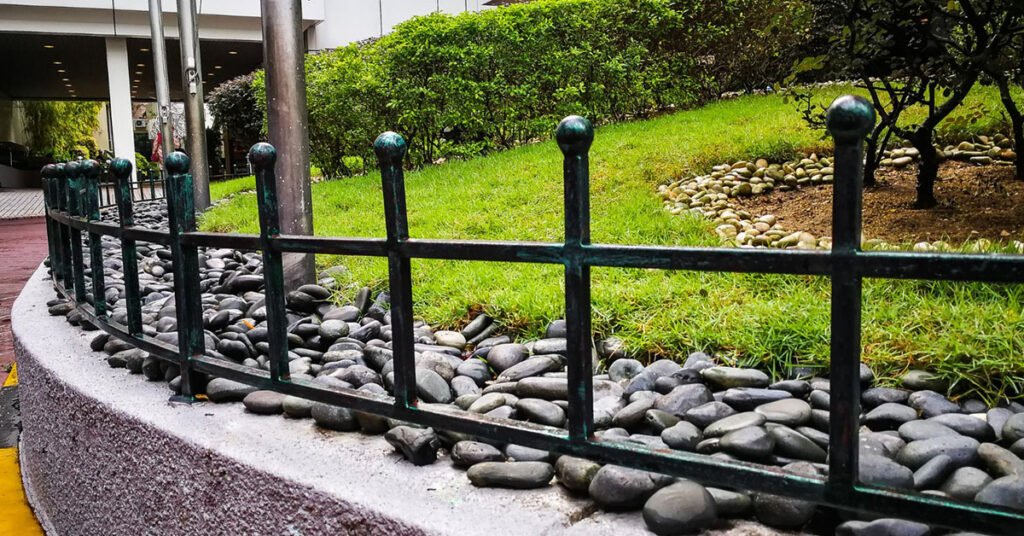Aspiring landscapers often encounter the challenge of dealing with trees with exposed roots when designing outdoor spaces. While these roots add character to the landscape, they can also pose obstacles to traditional landscaping techniques. This guide will explore effective strategies and techniques of how to landscape around a tree with exposed roots, helping you navigate this common challenge. Let’s get started.
Understanding the Challenge
Before diving into solutions, it’s essential to understand why trees develop exposed roots and the impact they have on landscaping efforts. Exposed roots typically occur due to soil erosion, compacted soil, or natural tree growth patterns.
These roots not only create obstacles for traditional landscaping but also compete with surrounding plants for nutrients and water.
How to Landscape Around a Tree with Exposed Roots
The following is the steps that you should follow to landscape around a tree with exposed roots.
Assessing the Tree and Surroundings
The first step in landscaping around a tree with exposed roots is to assess the tree’s health and the surrounding environment. Determine the species of the tree, its growth patterns, and any existing damage or diseases.
Additionally, evaluate factors such as soil quality, drainage, and sunlight exposure in the area surrounding the tree. This information will guide your landscaping decisions and help you create a plan that supports the tree’s health while enhancing its aesthetic appeal.
Choosing Suitable Plants
Selecting the right plants is crucial when landscaping around trees with exposed roots. Opt for native plants and ground covers that can thrive in the challenging conditions created by the tree’s roots. Look for species that are known for their resilience to shade, drought, and competition for resources.
Low-maintenance plants such as hostas, ferns, and ground ivy are excellent choices for filling in gaps and adding texture to the landscape.
Implementing Raised Beds and Mulching
Raised beds and mulching are effective techniques for creating visually appealing landscaping around trees with exposed roots. Raised beds provide a defined planting area while elevating plants above the tree’s roots, reducing competition for resources.
Incorporate organic mulch such as wood chips or shredded bark to retain moisture, suppress weeds, and improve soil quality around the tree. Be mindful not to pile mulch against the tree’s trunk, as this can promote rot and disease.
Utilizing Hardscape Features
Integrating hardscape features such as stone borders, retaining walls, and pathways can help mitigate the challenges posed by exposed tree roots. These features not only add structure and visual interest to the landscape but also provide practical solutions for managing soil erosion and creating defined planting areas.
Incorporate natural materials that complement the tree’s surroundings, enhancing the overall aesthetic appeal of the outdoor space.
Practicing Proper Maintenance
Regular maintenance is essential for preserving the integrity of landscaping around trees with exposed roots. Monitor the tree’s health and address any signs of stress or damage promptly. Prune branches as needed to maintain proper airflow and sunlight penetration.
Remove debris and organic matter that accumulate around the tree to prevent pests and diseases. By practicing proper maintenance, you can ensure that your landscaping efforts remain vibrant and sustainable for years to come.
Read More: How To Install Metal Edging For Landscaping
Conclusion
Landscaping around trees with exposed roots presents a unique set of challenges for aspiring landscapers. However, with careful planning and implementation of effective techniques, you can create beautiful outdoor spaces that enhance the natural beauty of the tree while showcasing your landscaping skills.
By using raised beds and mulch, incorporating hardscape features, and practicing proper maintenance, you can master landscaping around exposed roots.



